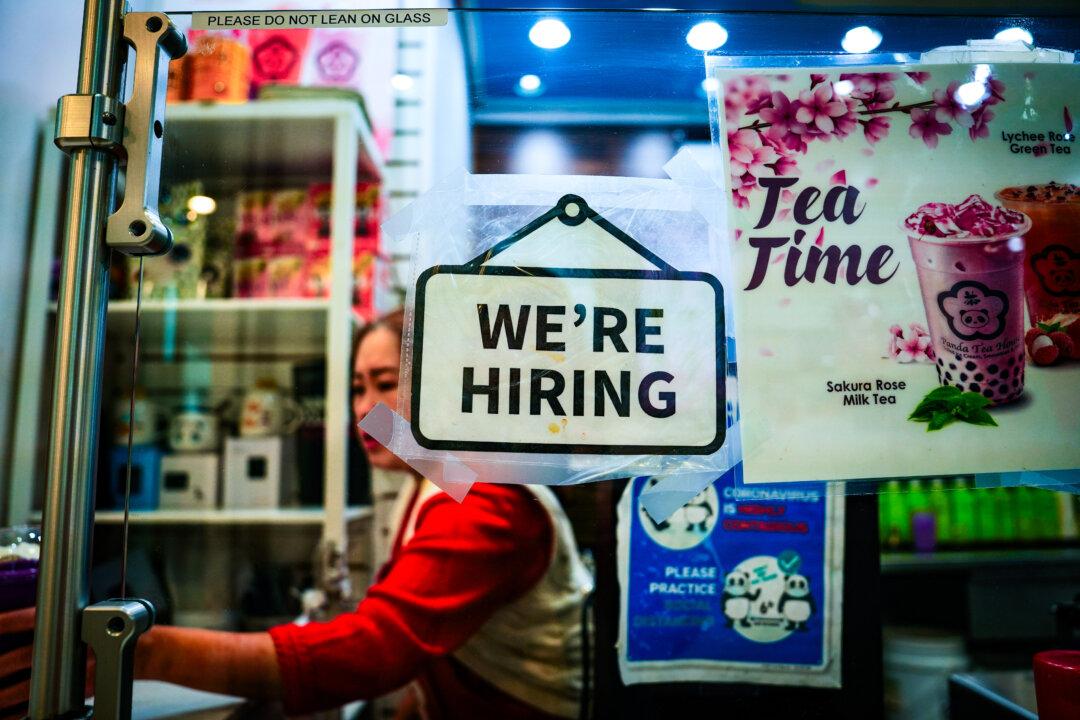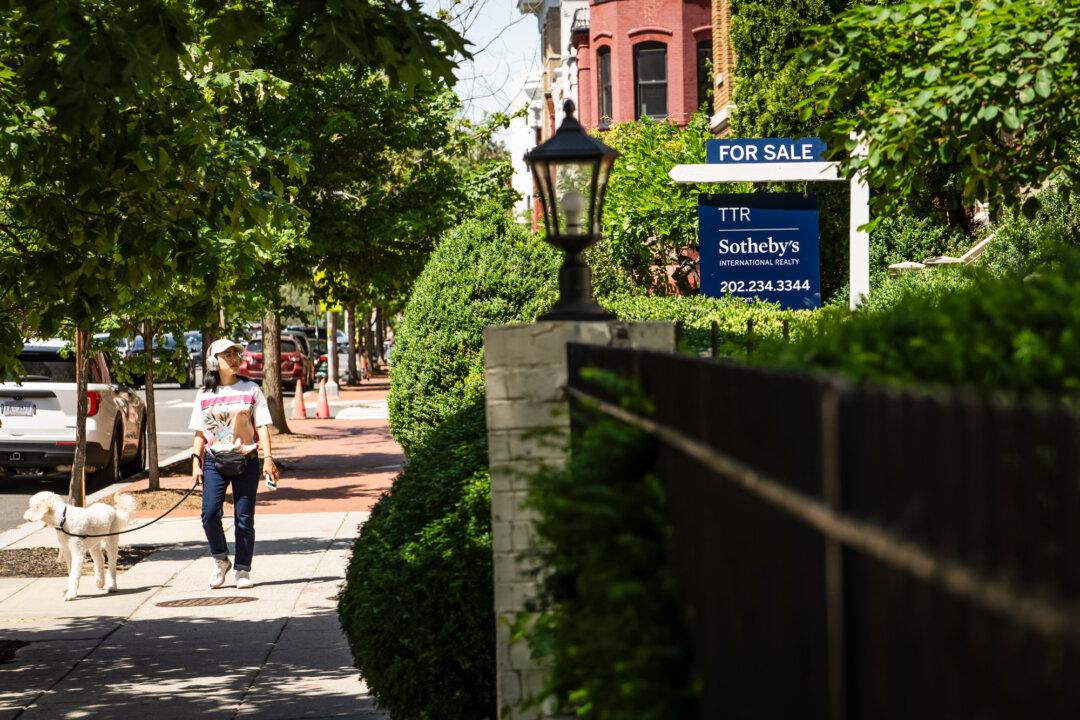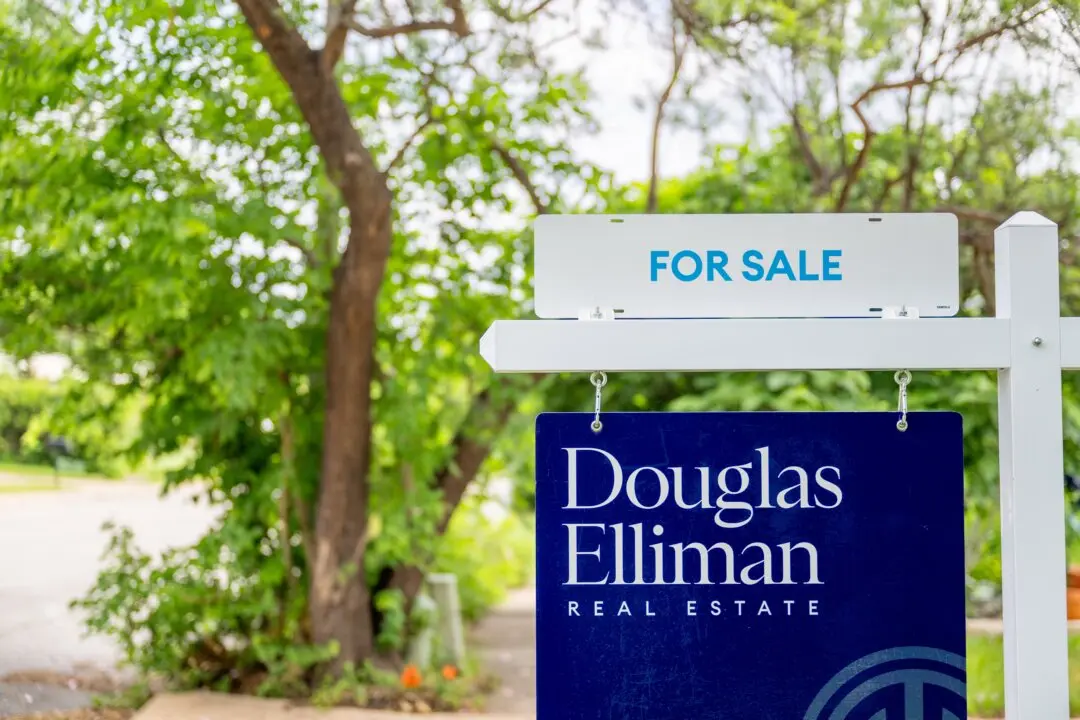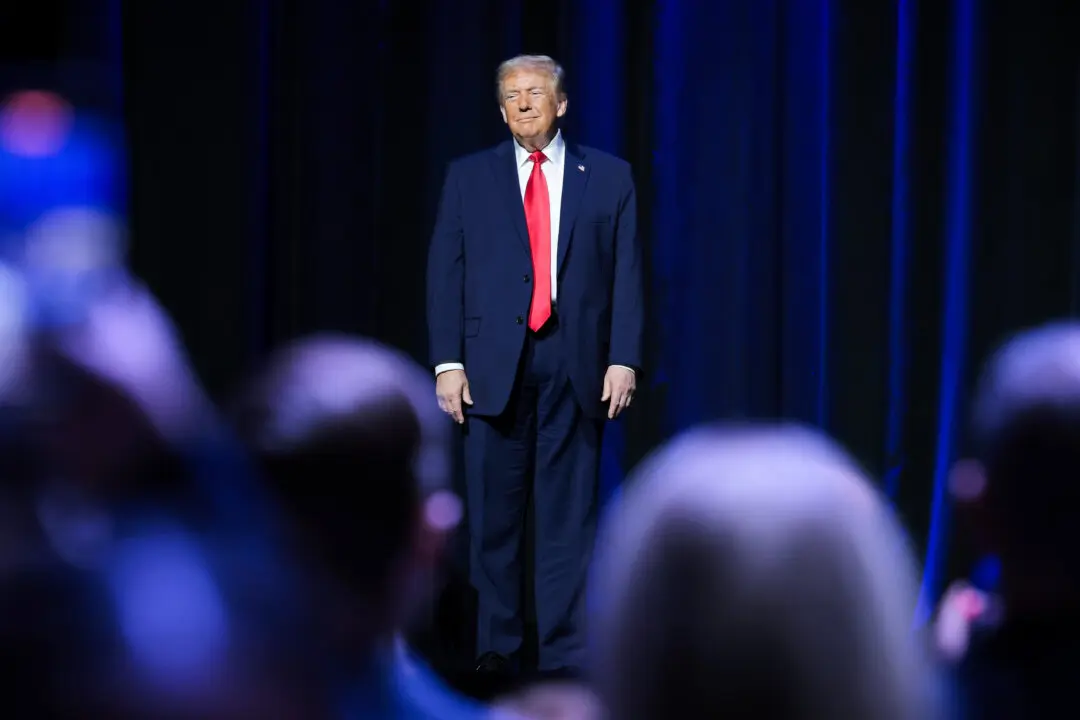Low-income households, young Americans, and less educated individuals were more affected by inflation than other categories, according to new reports by the Federal Reserve Bank of New York.
Economists at the regional central bank published two studies this month that assessed inflation disparities by income, age, race, and education. They found that those who spent more of their earnings on food, transportation, and housing felt the most amount of inflationary pain from early 2021 to June 2022.





